Valley
Kathmandu metropolis to unveil 2.2km heritage walk route on Thursday
The Kathmandu Metropolitan City is planning to unveil a master plan for a 2.2km heritage walk route connecting two world heritage sites—Hanuman Dhoka Durbar Square and Swayambhunath.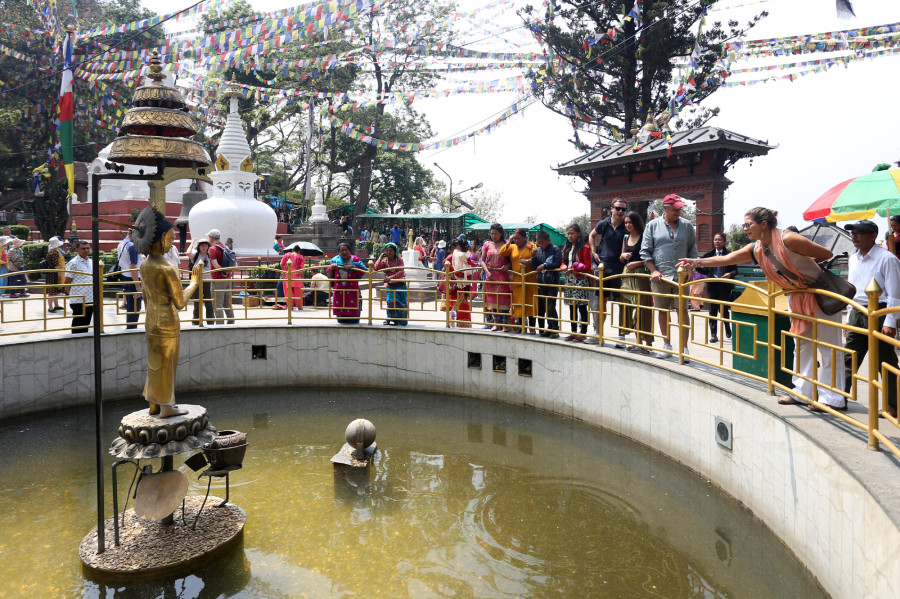
Anup Ojha
The Kathmandu Metropolitan City is planning to unveil a master plan for a 2.2km heritage walk route connecting two world heritage sites—Hanuman Dhoka Durbar Square and Swayambhunath.
The metropolis on Tuesday made an announcement that it would unveil the master plan on April 18 coinciding with the World Heritage Day. “Last year, we explored the route, and for the past six months we were collecting feedback from locals,” said Nhuchhe Kaji Maharjan, coordinator of the Culture and Tourism Committee at the metropolis. “This year, we are going to unveil the plan.”
The metropolis has allocated Rs100 million to build infrastructure. “This will be a rare opportunity for both internal and external tourists to learn about tangible and intangible heritage along the route,” said Ishwor Man Dangol, spokesperson for the metropolis.
He said the metropolis will be allocating additional budget in the next fiscal year. The route connects 20 places of historic and archaeological importance starting from Hanumandhoka, which will traverse Maru Ganesh, Maru Hiti, Banja Hiti, Dami Tole, Sunta Galli, Michya Galli, Bhelu Mahadev, Dallu, Nipu Hitti and Bhuikhel before ending at Swayambhunath.
Cultural experts and locals though have welcomed the metropolis’ new plan, they said they were sceptical about the implementation. “This is a welcome move,” said Kosh Prasad Acharya, former director general at the Department of Archaeology. “But I am equally worried about metropolis’ monitoring mechanism and its seriousness when it comes to executing its plans and preserving our heritage sites,” said Acharya, citing the metropolis’ new ‘Building Code-2075’, which was introduced ignoring the Ancient Monument Preservation Act-2013.
However, officials at the Kathmandu Metropolitan City said they have a concrete plan to execute the heritage route.
“The master plan will be completed in three years and the route will open an avenue for locals to generate income showing Newari indigenous lifestyle, culture and tradition,” Dangol said. There are around 400 households along the route, 80 percent of which belong to Newars, according to Dangol.
“If the plan is being brought with full understanding of the real value of our priceless heritage sites and monuments, this is a welcome move. But this should not be a programme for the sake of it,” said Ganapati Lal Shrestha, a youth cultural activist and local from Jhochhen, Basantapur.
“The metropolis has not been able to take locals into confidence. The plan should not be just a means to spend taxpayers’ money,” said Shrestha.Last year, marking the World Heritage Day, the metropolis in coordination with the United Nations cultural agency had organised various cultural programmes including wall painting, photo exhibition and photo workshop to promote the route.




 12.12°C Kathmandu
12.12°C Kathmandu.jpg)

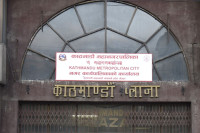

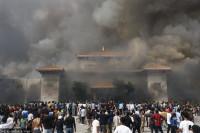
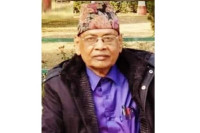
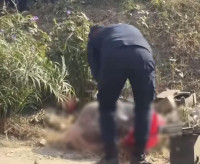
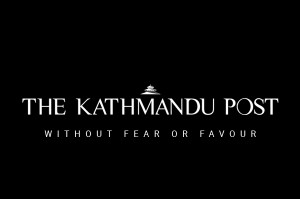


%20(1).jpg&w=300&height=200)

